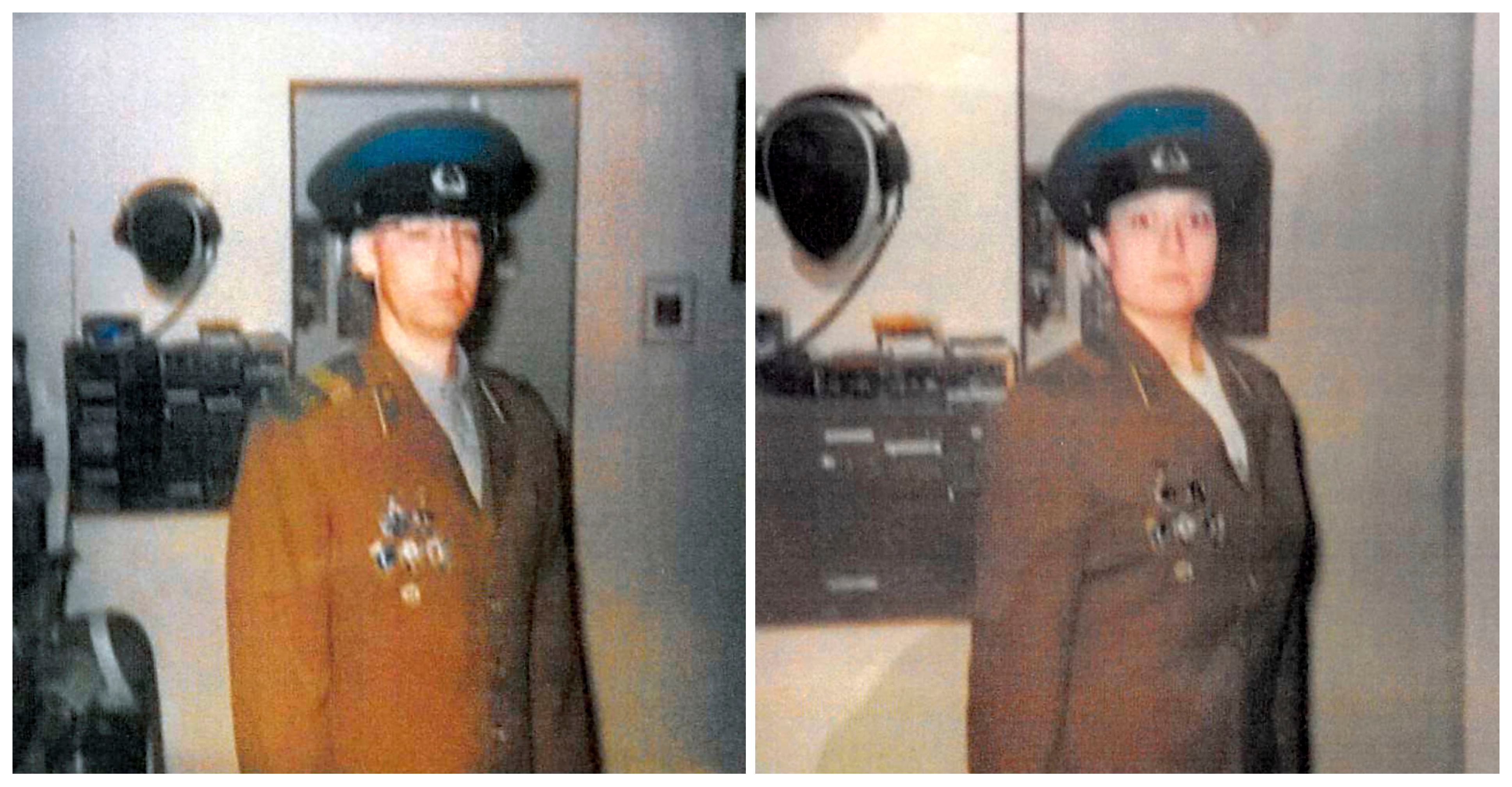[ad_1]

Marine Corps Veteran Victor “Brute” Harold Krulak is today’s Veteran of the Day.
Victor “Brute” Harold Krulak was born in January 1913 in Denver, Colorado. He was appointed to the U.S. Naval Academy in Annapolis, but fearing a negative impact from his Jewish birthright, he became Episcopalian.
Krulak graduated in 1934 and was commissioned a second lieutenant in the Marine Corps but required an exemption due to his 5’ 4” stature. He wrestled in the academy and earned the nickname “Brute,” in jest because of his size, but he ultimately embodied the name as a preeminent strategist for the Marine Corps.
While stationed in Shanghai in 1937, Krulak recognized the value and potential of using retractable ramps on U.S. boats. When his idea was not considered, he built a model and discussed it with builder Andrew Higgins, who implemented aspects of Krulak’s design into World War II “Higgins boats.”
In 1945, Krulak, a lieutenant colonel, planned the April 1 attack on Okinawa, Japan. He also led a battalion in a separate battle that served as a diversion for the invasion of Bougainville. He refused to be evacuated despite being wounded, earning him a Navy Cross. After World War II, Krulak co-authored the first textbook for helicopter pilots and war planners for the Marine Corps.
In Korea, Krulak advised Gen. Douglas MacArthur on the amphibious landing at Inchon that reclaimed Seoul from North Korea. In 1955, Krulak became a general at age 42. He was named President Kennedy’s special assistant for counterinsurgency and special activities in Vietnam and, by 1963, was a three-star general. Overall, he made 54 trips to Vietnam, utilizing what he called the “inkblot strategy” of winning the hearts of the locals to spread counterinsurgency.
Krulak earned numerous decorations in addition to a Navy Cross, including a Distinguished Service Medal, a Legion of Merit, a Bronze Star, a Purple Heart, an Air Medal and a Presidential Unit Citation.
Krulak retired from military service in 1968 and worked as a columnist and executive for Copley newspapers, retiring in 1977. He published his book, “First to Fight: An Inside View of the U.S. Marine Corps,” in 1984. It remains on the official reading list for Marines. Krulak was named “Citizen of the Year” by San Diego Uplifters, a group of professional and business leaders, and he served as president and trustee of the Zoological Society of San Diego.
He died on Dec. 29, 2008. He is buried at Fort Rosecrans National Cemetery in San Diego.
We honor his service.
Nominate a Veteran for #VeteranOfTheDay
Do you want to light up the face of a special Veteran? Have you been wondering how to tell your Veteran they are special to you? VA’s #VeteranOfTheDay social media feature is an opportunity to highlight your Veteran and his/her service.
It’s easy to nominate a Veteran. Visit our blog post about nominating to learn how to create the best submission.
Writer: Kim McAdams
Editors: Theresa Lyon, Alexandra Kaiser
Researchers: Jake Halderson, Timothy Georgetti
Graphic artist: Kiki Kelley
[ad_2]
Source link

:quality(70)/cloudfront-us-east-1.images.arcpublishing.com/mco/QBYJTGYCQBHSVITAL32RAO7HAA.jpg)
:quality(70)/cloudfront-us-east-1.images.arcpublishing.com/mco/LJGC44QOHBCCZJI3LNDER4GEGY.jpg)
:quality(70)/cloudfront-us-east-1.images.arcpublishing.com/mco/YVREBMCGTNFNTI6PSBKVQDR7CU.jpg)










:quality(70)/cloudfront-us-east-1.images.arcpublishing.com/mco/4CHCIBTV7JCMXOGIZ4WE52PTJE.jpg)
